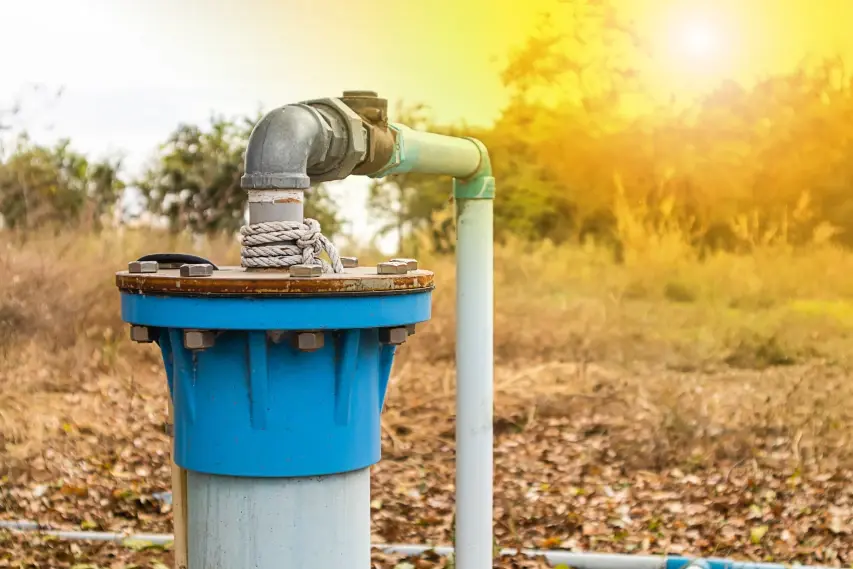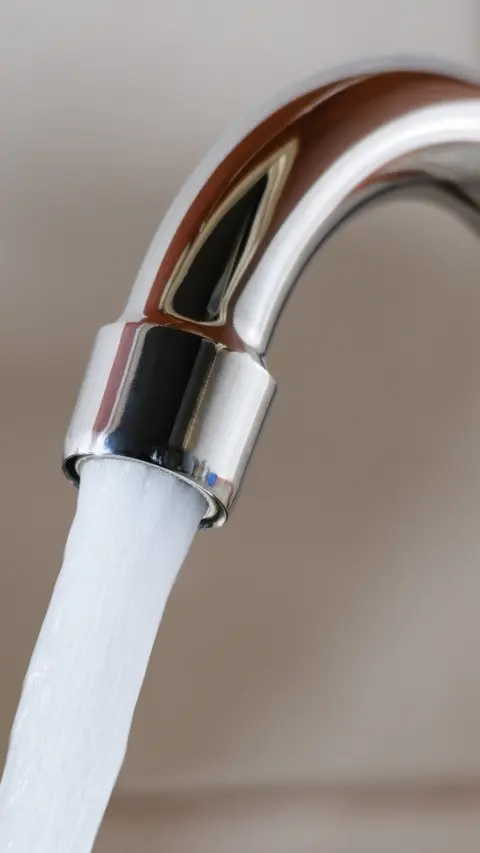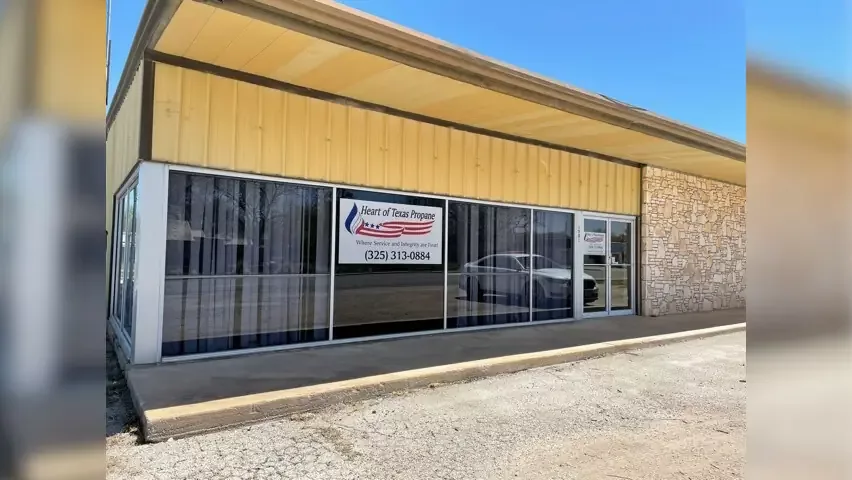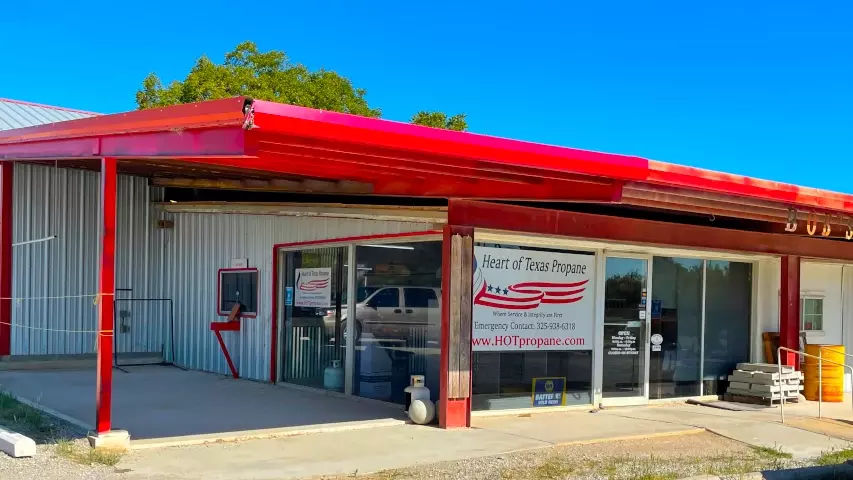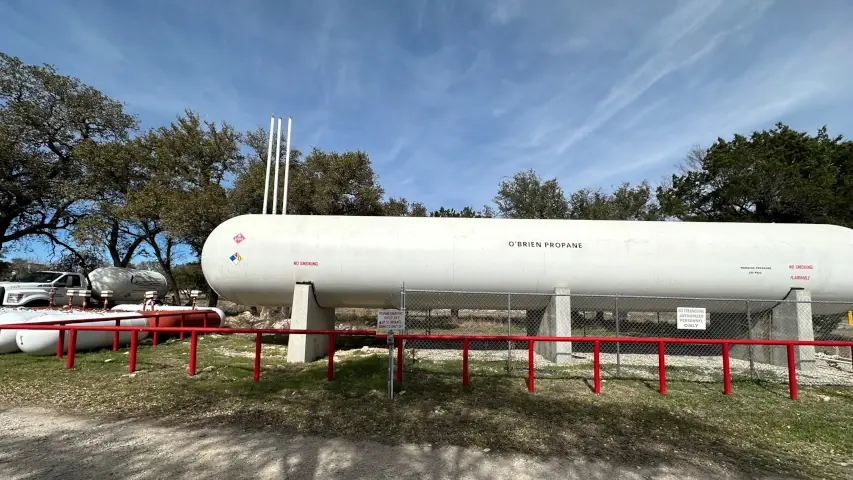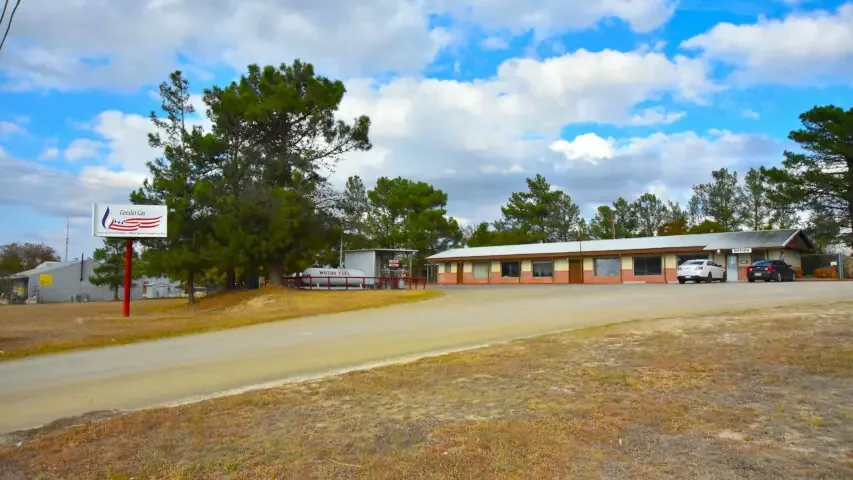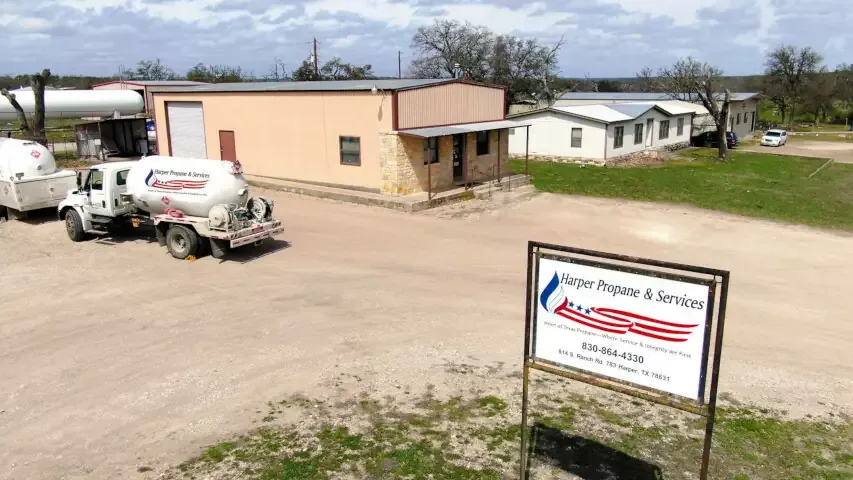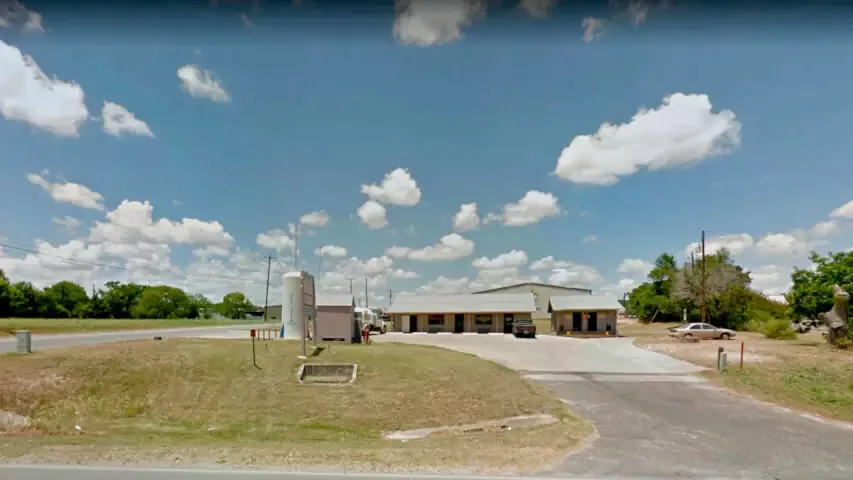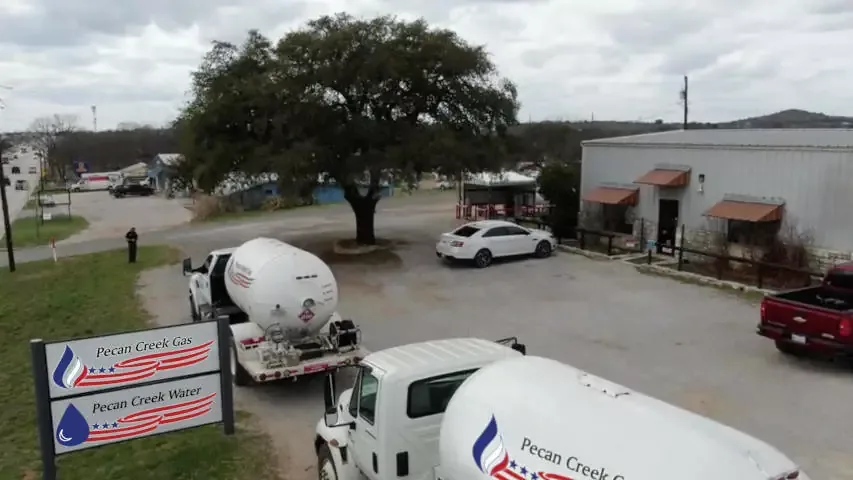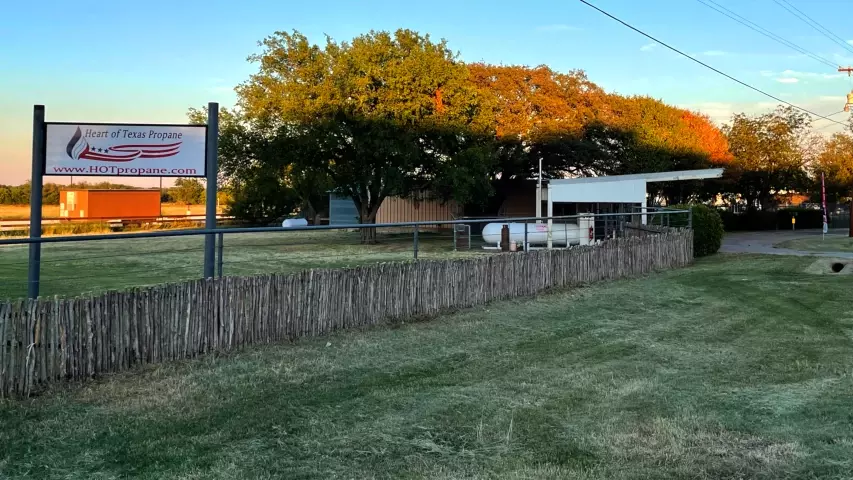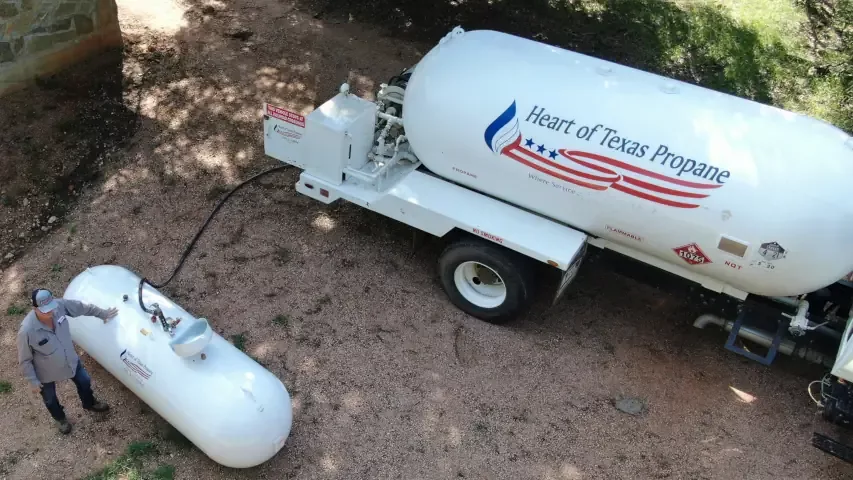How to Protect Your Water Well
During Drought and High Demand
Drought is No Joke in the Hill Country
If you live out here in Central Texas, you already know the drill—summers get hot, dry, and downright brutal. And when that happens, your water well has to work overtime just to keep up. The combo of skyrocketing water use and dropping groundwater levels can push your system to the edge. But don’t sweat it—with a few simple tips, you can keep your well running strong even when the rain refuses to show up.
So What Happens to Your Well During a Drought?
When the water table drops, your well might start struggling to pull water. If your pump isn’t deep enough or your system’s not built for tough conditions, you could start seeing weak water pressure, random shutoffs, or even a dry spell. Not exactly what you want in the middle of a heatwave.
Smart Tips to Help Your Well Beat the Heat
Here are a few down-to-earth ways to keep your water flowing when demand is high and rainfall is low:
Use Less Water Where You Can
Little changes go a long way. Fix those leaks, skip the daily lawn watering, and maybe hold off on that extra load of laundry. Every gallon you save helps your well catch a break.
Think About Adding a Storage Tank
A water storage tank is like a backup plan. Your well can fill it during off-hours, and you pull from it when you need a little extra. Super helpful if your well recharges slowly.
Spread Out Your Water Use
Instead of doing dishes, laundry, and watering the garden all at once, space those things out. Your well will thank you.
Get a GPM Test Done
A Gallons Per Minute (GPM) test tells you how well your system is performing. If your numbers are low, it might be time to upgrade your pump, drill deeper, or add a storage solution.
Use a Constant Pressure System
If you read Part 1 of this series, you already know a CPS helps keep your water pressure steady and reduces wear and tear on your pump—especially during peak times.
Wrapping It Up
Droughts come with the territory in the Hill Country, but that doesn’t mean you have to deal with water shortages. With a few smart moves—like saving water, adding storage, and being strategic about usage—you can keep your well running smooth all summer long.
Next up in our Texas Hill Country Water Well Series: we’re digging into hard water problems and how to solve them. You won’t want to miss it.
Your Well, Weather-Ready. Let’s Make It Happen.
Need help getting your system summer-ready? Give us a shout. We’re happy to take a look and recommend the best setup for your home or ranch.
FAQ – Managing Your Well During Drought
Yep, it can. If the water table drops below your pump's intake, your well might stop producing. Deeper pumps or a backup storage tank can help with that.
It depends on how much water your household uses, but most homes do well with a 1,000 to 2,500-gallon tank.
Sure can. If your pump runs dry, it can overheat. A low-water cutoff switch can save your system (and your wallet).
Morning's your best bet. Less evaporation and more time for your well to recover overnight.
Watch for sputtering water, weird noises, air in your pipes, or muddy-looking water. Those are all red flags your system might be stressed.
More Fuel for Thought Blog Posts
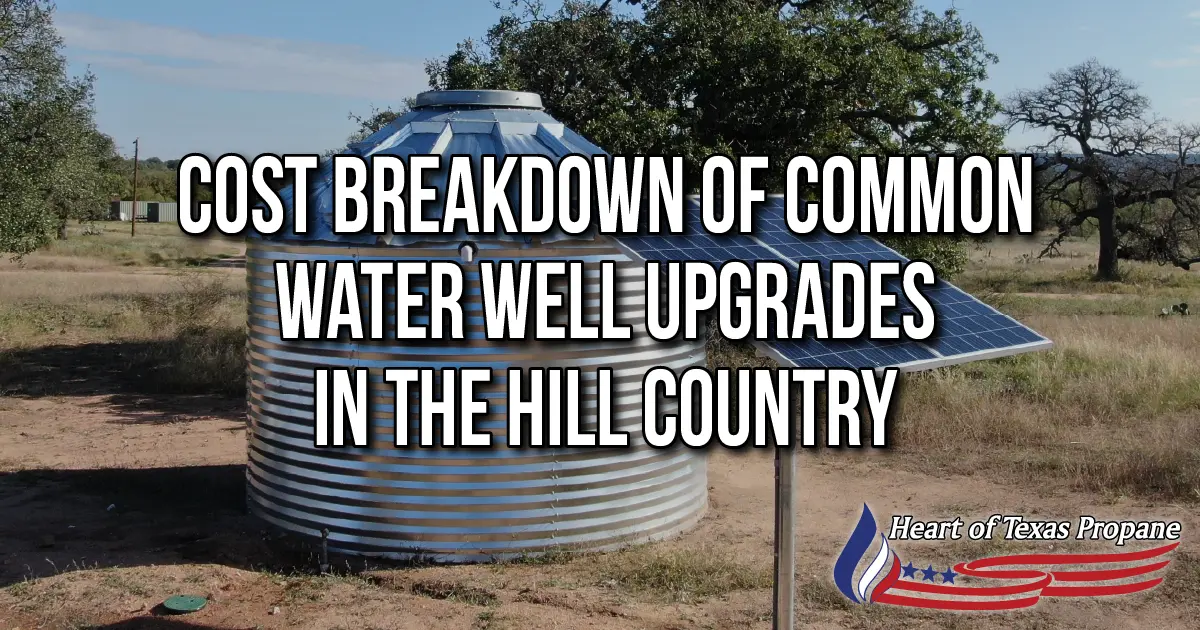
Cost Guide: Common Water Well Upgrades
Wondering how much a well upgrade costs? Get clear price ranges for pumps, storage tanks, filters, and more for Texas Hill Country homes.
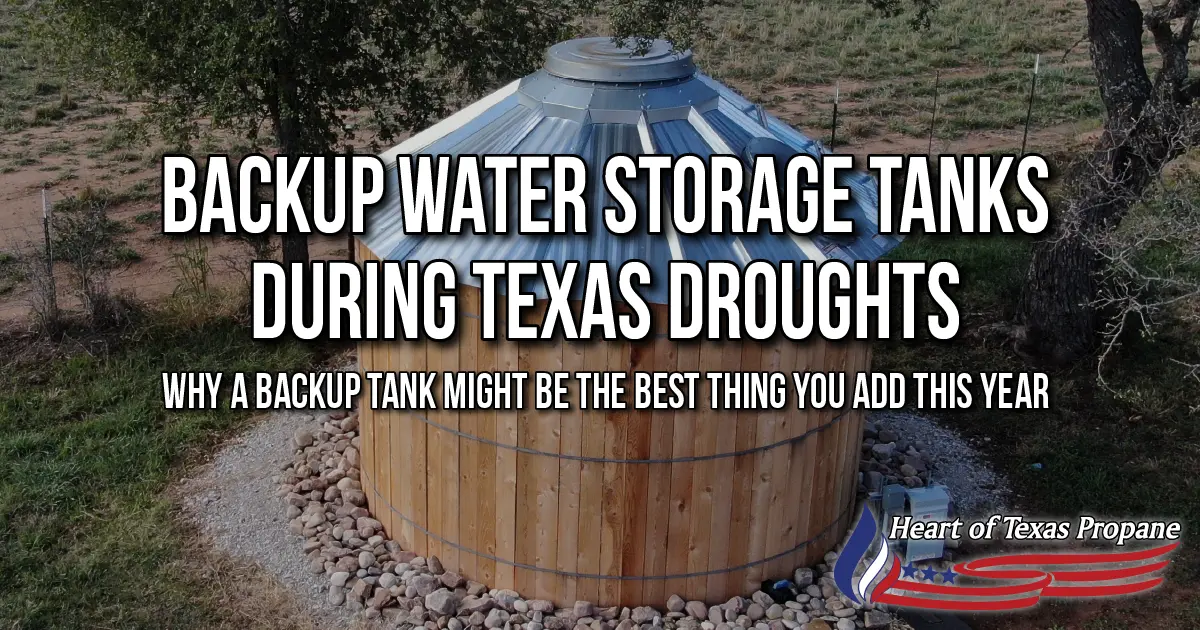
Backup Water Storage Tanks During Texas Droughts
Stay water-secure during Texas droughts. Learn how a backup water tank can protect your well system and keep your property running smoothly.

Signs Your Well System Needs Attention
Don’t get caught without water. Learn the top signs that your Texas Hill Country well system needs repairs before small problems turn big.
